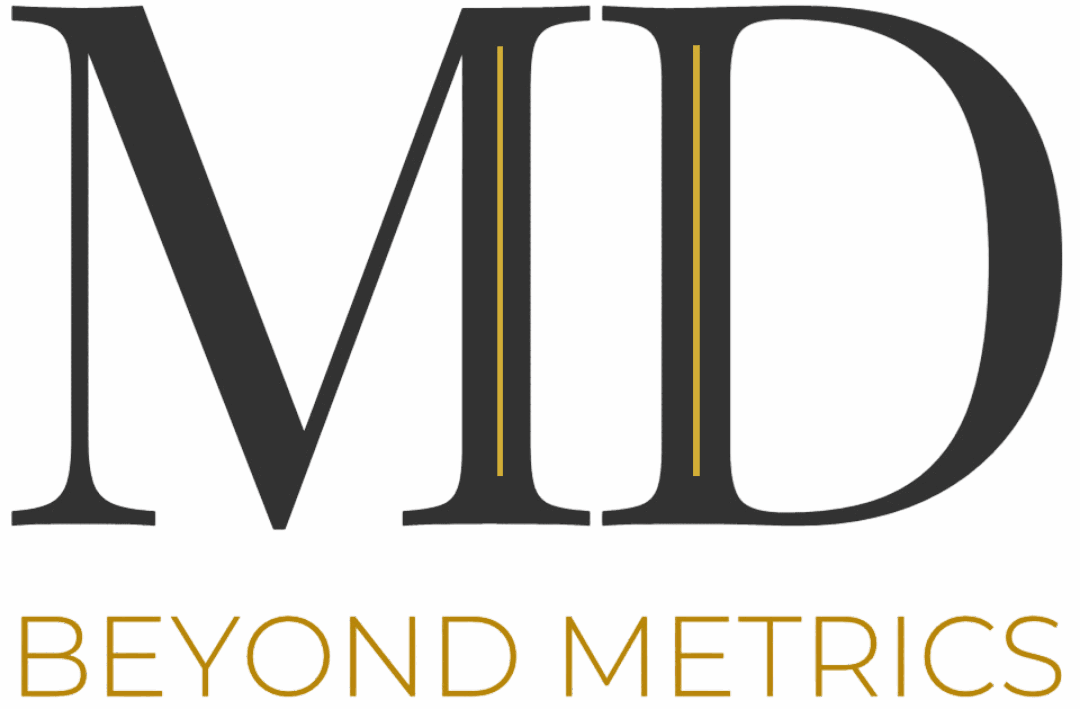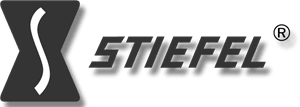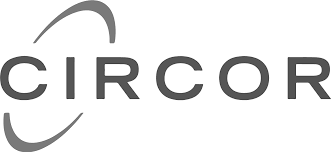Understanding Depreciation Expense
Depreciation expense is a key accounting concept that reflects the reduction in value of a company’s fixed assets over time. In business, assets such as machinery, equipment, vehicles, and buildings gradually lose their value due to wear and tear, usage, or obsolescence. accurately calculating depreciation expense helps finance managers and accountants present a true and fair view of asset values and business profitability.
Depreciation impacts financial reporting and decision-making, influencing budgeting, tax calculations, and strategic planning—for example, deciding when to replace equipment or invest in new assets.
Common Methods to Calculate Depreciation Expense
Various methods exist to calculate depreciation expense, each fitting different types of assets and business needs. It is essential to select one method consistently to ensure comparability of financial reports over time.
Straight-Line Method
The straight-line method is the simplest and most widely used approach. It allocates an equal portion of the depreciable amount of the asset over its useful life.
- Formula: (Cost of Asset – Salvage Value) / Useful Life
- The salvage value (or scrap value) is the estimated residual value of the asset at the end of its useful life.
- Each accounting period (usually yearly), the same fixed amount is charged as depreciation expense.
Example: A machine costs $10,000 with a useful life of 10 years and a salvage value of $1,500.
- Depreciable amount = $10,000 – $1,500 = $8,500
- Annual depreciation expense = $8,500 / 10 = $850 per year
This method is preferred for its simplicity and predictable expense allocation.
Reducing Balance Method (Declining Balance)
This method applies a fixed depreciation rate to the declining book value of the asset each year. The depreciation expense decreases over time.
- Formula: Book Value at Beginning of Year × Depreciation Rate
- It results in a higher depreciation charge in the earlier years, reflecting the higher loss of value initially.
Example: An equipment purchased for $5,000 with a depreciation rate of 10%.
- Year 1 depreciation: $5,000 × 10% = $500, leaving book value $4,500
- Year 2 depreciation: $4,500 × 10% = $450, leaving book value $4,050
- And so on…
This method better matches depreciation expense to the asset’s usage and maintenance costs over time.
Other Depreciation Methods
Businesses may also consider:
- Sinking Fund Method: Setting aside funds to replace an asset at the end of its life.
- Units of Production Method: Allocates depreciation based on actual usage or output.
- Annuity Method: Depreciation based on asset cost, interest, and service life.
- Valuation Method: Adjusting asset value periodically based on market valuation.
- Insurance Policy Method: Using insurance premiums as depreciation proxy.
Choosing the right method depends on asset type, business strategy, and accounting standards.
Industry-Specific Depreciation Examples
Manufacturing
Heavy machinery experiences rapid wear and may use the reducing balance method to match higher early depreciation with maintenance savings.
Technology Firms
Computers and software often have shorter useful lives and may use the straight-line or units of production method depending on usage patterns.
Transportation
Vehicles may use the reducing balance method to account for high value loss in early years due to wear and mileage.
Helpful Tips for Calculating Depreciation Expense
- Always confirm useful life and salvage value with up-to-date estimates.
- Be consistent in applying the selected method throughout periods.
- Review and adjust depreciation schedules if business conditions or asset usage change significantly.
- Depreciation affects tax calculations—understand local tax rules related to asset depreciation.
- Keep accurate fixed asset registers for tracking.
Simple Depreciation Calculation Guide
| Step | Description | Example |
|---|---|---|
| 1 | Determine asset cost | $10,000 |
| 2 | Estimate salvage value | $1,500 |
| 3 | Define useful life (years) | 10 |
| 4 | Choose depreciation method | Straight-Line |
| 5 | Calculate annual depreciation | ($10,000 – $1,500) / 10 = $850 |
| 6 | Record depreciation expense every year | $850 charged annually |
Action Items to Improve Your Depreciation Tracking
- Review all fixed assets and confirm their book values.
- Choose or reaffirm your depreciation calculation method.
- Use a spreadsheet or accounting software to automate calculations.
- Update depreciation schedules quarterly or annually.
- Ensure depreciation expenses are properly reflected in financial reports.
Additional Resources for Financial Management
To optimize your financial reporting and cost analysis, consider exploring advanced templates and tools designed for accurate asset and financial management.
Financial Statements Templates provide comprehensive formats to help organize asset depreciation and related expenses effectively.
Activity Based Costing for Excel offers deeper insights into allocating costs precisely across operations.
Automated Excel Financials help streamline repetitive calculations, including depreciation schedules.
Taking advantage of these resources will support you in maintaining accurate, up-to-date financial data and making informed business decisions.






























